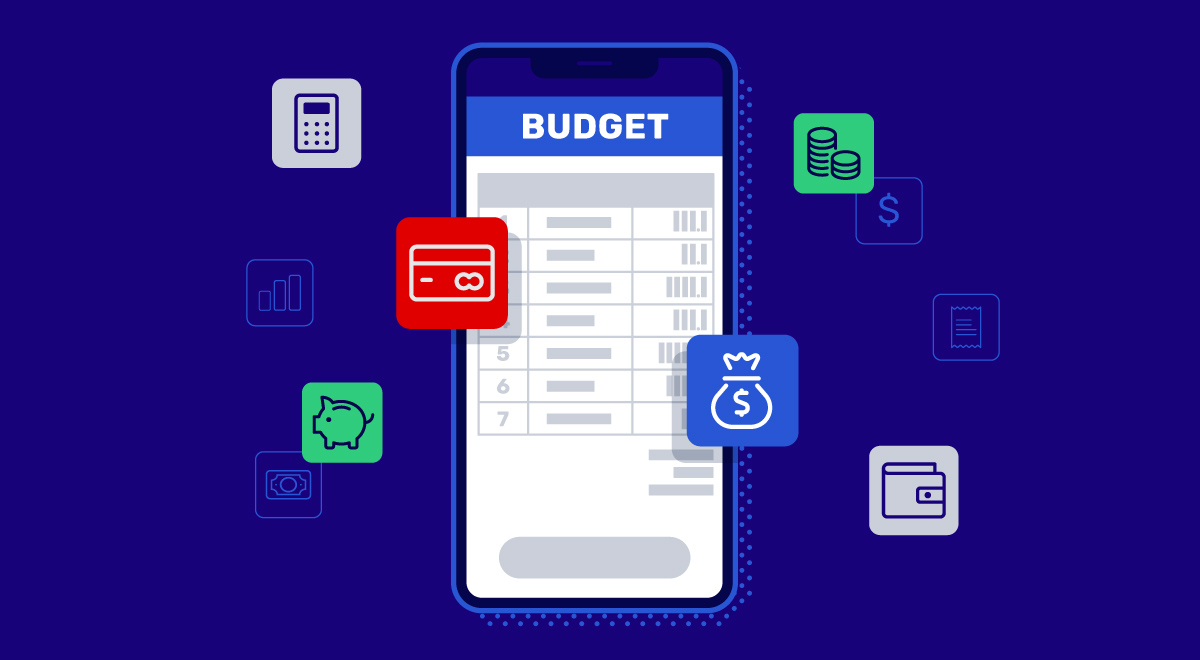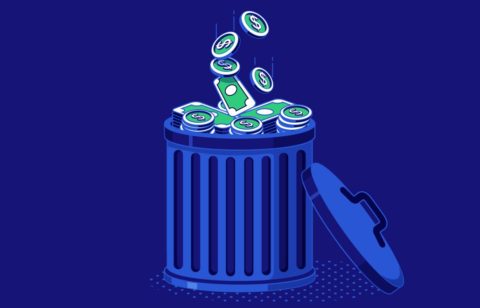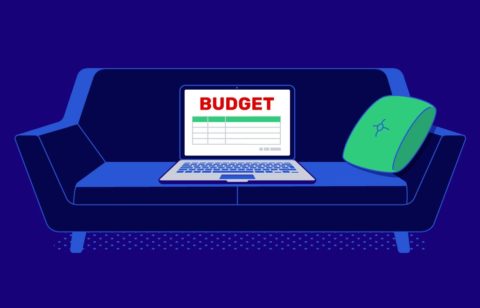Many people are concerned about their personal finances. And like most, you probably keep track of all you do, where you go and stay in touch with your friends and loved ones via your phone. Now, thanks to an amazing variety of budgeting apps, you can track your expenditures closer than ever, plan for investments, reach your saving goals and avoid racking up large credit card debts —all through your smartphone.
Most of us are already on our phones more than we ever imagined, so why not use it to keep yourself out of debt and achieve financial independence?
Choosing the best budgeting app to track your spending habits (or a few of them to check regularly) takes some research and maybe some trial and error to find the one that meshes with you. Many financial apps offer the same tools, at least when you look at them on the surface.
But a deeper dive across the best free budgeting apps and the ones you pay for will reveal that some apps are undoubtedly better at keeping you from overspending and money management than others. No matter which app you choose, you can turn your iPhone or Android into the best personal budgeting aid. Use it to avoid debt, keep your financial accounts healthy and to keep ahead of upcoming bills, possible late payments, and red flags on your credit report.
Here Are The 10 Best Budgeting Apps To Help You Avoid Debt
1. YNAB
The ‘you need a budget’ app assures people coming to their website that “Money doesn’t have to be messy.” This app features what YNAB calls a simple short step method for organizing your finances to help you avoid debt. The best way to use YNAB and the key to keeping your bank accounts healthy, not over-stressing your credit cards and staying on top of your credit report is to create a budget here…and stick to it.
Although YNAB costs a minimal fee of $14.99 per month to use, you can try this app for free for 34 days with no credit card required.
2. SIMPLIFI
According to the New York Time’s ‘Wirecutter,’ Simplifi— which is developed by Quicken, the company behind Quickbook— is one of the best budgeting apps. You can use this app to check and update your spending and custom create the best budget for your needs. Available in annual and monthly payment options starting at $5.99 per month (and both offering free 30 day trial periods), this app is connected to over 14,000 financial institutions.
3. Mint
Not only has this free app been around a long time, but it is also one of the better-known budgeting apps. Created by Intuit, Mint is easy to use and will quickly plug into your checking accounts and access your other financial information. In addition to budget building, Mint guides users through everyday spending by automatically categorizing expenditures and alerting users to spending that is not common to them. Users can also use Mint to check their credit score and avoid past due payments with a bill pay option.
4. BUDGT
The BUDGT “Daily Finance” mobile app, exclusively available for iPhone users, costs $2.99 a month. . This app makes it very easy for you to log into your recurring expenses and focus on budget management in real-time. Looking over your daily updates for a nominal monthly fee will help you keep a tight hold on your personal finances.
BUDGT has easy-to-manage categories and is a simple and intuitive budgeting tool.
5. Wally
Wally is a free app that enables you to maintain budget periods that can be set to “flexible” for your financial needs like house payments and debt considerations, budget by category (secured debt vs. unsecured) while tracking every move you make. One of this app’s best features is the ability to set real-time updates. Wally also boasts the widest global network with 15,000 banks available across 70 countries.
6. Personal Capital
This free budgeting app earns the top spot in many online reviews for the best budgeting apps available.
Personal Capital:
· keeps all accounts in one place
· can help users plan for retirement
· monitors investments
· uncovers hidden fees
The app is easy to use, by providing one main screen with everything accessed through a single navigational tool. Users can keep track of cash flow by simply linking bank accounts, credit cards, and loans. The line-by-line budget assessment and debt management suggestions provide a simple way to stay on top of every expense.
For The Family/Kids
If you have a family, a few great apps are available for starting your kids down the road to learning about financial responsibility.
7. Rooster Money
Rooster Money is as much a comprehensive family finance app as it is a great starting point for teaching kids how to budget. This app has a free basic platform, suitable for kids as young as three years old. For $20.00, you can use the ‘upgraded’ version to track the complete financials for the whole family. The paid version includes essential budgeting features.
Rooster Money can also teach children about interest rates. . Parents can add money as interest as their children learn to save.
8. FamZoo
Famzoo is another app designed for the whole family to use. Looking a little further into your child’s financial future, FamZoo will undoubtedly help in the transitioning of their monthly budget during college and throughout their lives.
This app can provide your children with a good handle on their earnings and spending, offering them a consistently clear picture of what could always amount to quick debt if one’s budget is overlooked or not understood. Plans begin at $5.99 per month and enable you to allocate the money to different categories.
Budgeting With A Partner
Whether you are married, living with someone, or want to create a household budget for you and a roommate, there are some budgeting apps out there made for two people to use.
9. Honeydue
This app was designed so that you and another person (family member, spouse, a roommate) can track spending in one app. This free app allows individuals to connect credit card accounts, set up budgets, and set limits on expenditures (as well as to send alerts for when to pay and how close either person might be coming to exceeding their budget…one of the leading causes of debt. Honeydue also provides privacy to each party in how much (or little) they allow to be shared.
10. Goodbudget
Initially named “Easy Envelope Budget Aid,” this app is especially great for couples. With total visibility for all platforms and mobile devices, the real-time applications make this a wonderful budgeting tool to keep partners on the go in the know with their finances and debt.
The basic version of Goodbudget is free; the pro version allows for more ‘envelopes’ (dividing your income into different spending categories), and delves deeper into account histories. Goodbudget is available for both iOS and Android.
You shouldn’t look at any of these apps as a hindrance. Once you download a budgeting app that makes the most sense for your particular circumstance and budget, you will notice that you are not only spending less, but you are spending smarter.
And this, beyond anything else, will help to keep you out of debt.







